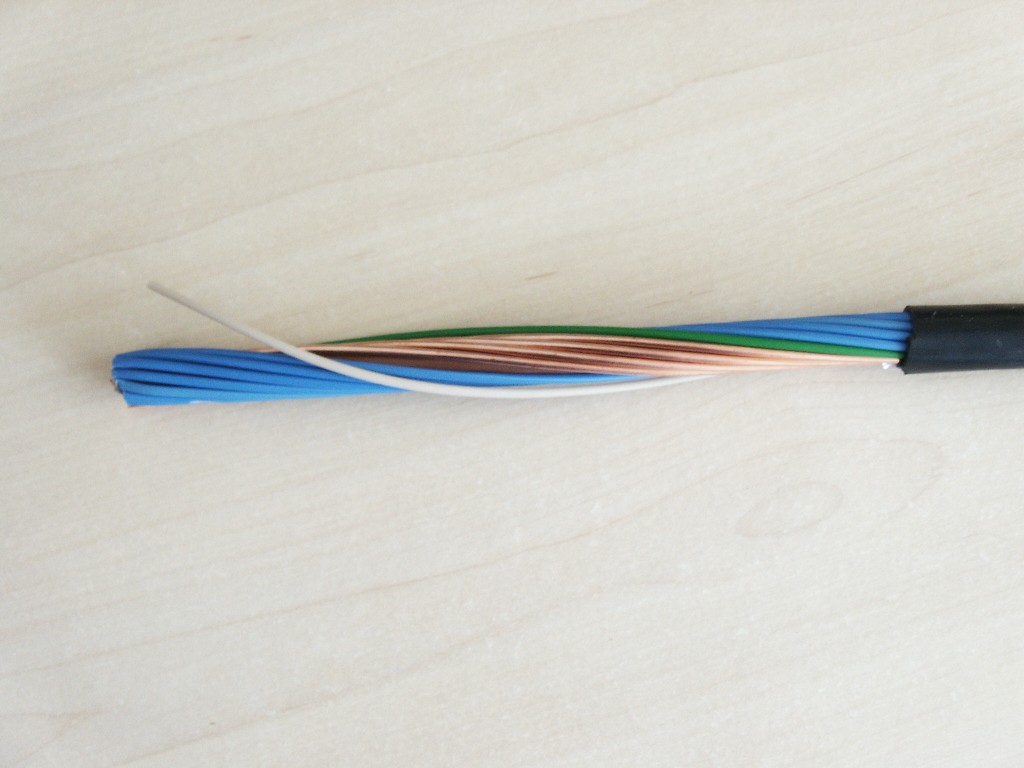- Joined
- 27 Jan 2008
- Messages
- 24,556
- Reaction score
- 2,812
- Location
- Llanfair Caereinion, Nr Welshpool
- Country

The question I ask "Why does it matter if TN-C-S or TN-S?" it's a TN system and the rules with exceptions of cars, caravans, boats and petrol stations are the same for both types of TN supply. OK the ELI limits change between 0.8Ω and 0.35Ω but that's down to the DNO.
If anywhere in the supply after step down transformer neutral and earth share the same conductor it is a TN-C-S supply and the move from TN-C to TN-C-S does not have to be at the head so looking at the head we may be able to say with certainty it's TN-C-S but we can never say it's TN-S which is why when we fill out the installation certificate it states we can use the inquiry method as only way to be 100% that it's TN-S is to ask the supplier.
But I still ask why does it matter?
If anywhere in the supply after step down transformer neutral and earth share the same conductor it is a TN-C-S supply and the move from TN-C to TN-C-S does not have to be at the head so looking at the head we may be able to say with certainty it's TN-C-S but we can never say it's TN-S which is why when we fill out the installation certificate it states we can use the inquiry method as only way to be 100% that it's TN-S is to ask the supplier.
But I still ask why does it matter?

